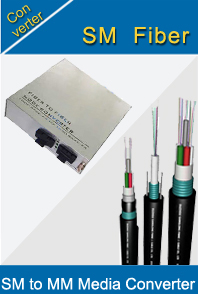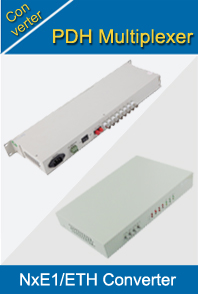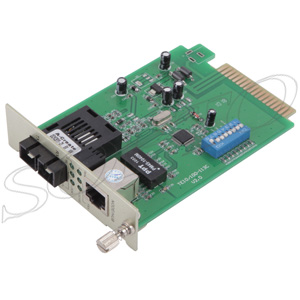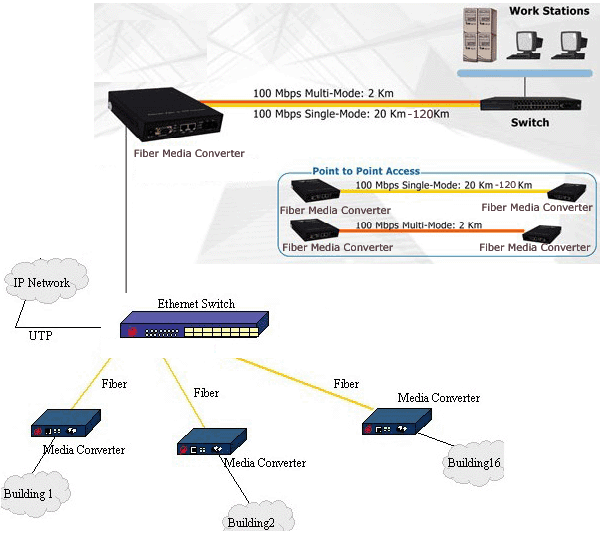-

- Sopto Home
-

- Special Topic
-

- Converter Knowledge
-

- Mainstream Fiber Optic Media Converters
Converter Knowledge
- Form Factors and Application of Ethernet Media Converter
- Ethernet over 4 E1 Converter Brief Introduction
- What is the Difference between RS232 and RS485 Serial Interfaces
- What is the Difference between RS232 and RS485 Serial Interfaces
- How to Convert an Analog Telephone to VoIP Protocol?
- How to Find the Internet Protocol Address and Media Access Contr
- How to Convert from Fast Ethernet to Fiber Optics?
- How to Connect a Fiber Converter?
- How to Convert Ethernet to Fiber Media Converters?
SOPTO Special Topic
Certificate



Guarantee
Except products belongs to Bargain Shop section, all products are warranted by SOPTO only to purchasers for resale or for use in business or original equipment manufacturer, against defects in workmanship or materials under normal use (consumables, normal tear and wear excluded) for one year after date of purchase from SOPTO, unless otherwise stated...
Return Policies
Defective products will be accepted for exchange, at our discretion, within 14 days from receipt. Buyer might be requested to return the defective products to SOPTO for verification or authorized service location, as SOPTO designated, shipping costs prepaid. .....
Applications
An Ethernet to Fiber Media Converter can also be used where there is high level of electromagnetic interference or EMI which is a common phenomenon found in industrial plants. This interference can cause corruption of data over copper-based ethernet links. Data transmitted over fiber optic cable however is completely immune to this type of noise. An Ethernet to Fiber Optic Converter therefore enables you to inter-connect your copper-ethernet devices over fiber ensuring optimal data transmission across the plant floor.
SOPTO Products
- Fiber Optic Transceiver Module
- High Speed Cable
- Fiber Optical Cable
- Fiber Optical Patch Cords
- Splitter CWDM DWDM
- PON Solution
- FTTH Box ODF Closure
- PCI-E Network Card
- Network Cables
- Fiber Optical Adapter
- Fiber Optical Attenuator
- Fiber Media Converter
- PDH Multiplexers
- Protocol Converter
- Digital Video Multiplexer
- Fiber Optical Tools
- Compatible
Related Products
Performance Feature
Converter Knowledge
Recommended


Mainstream Fiber Optic Media Converters
A fiber optic media converter uses optical fiber as the media, receives data signals, sent via one media, convert the signals and then transmit the signals into another kind of media. It is primarily used in connecting older copper-based cabling systems, such as twisted pair, to the faster fiber-optic networks. The converters are commonly used in the large metropolitan area networks (MANs), as well as large business networks, referred to as enterprise networks nowadays.

Fiber Media Converter supports a variety of communication protocols including Ethernet, Fast Ethernet, Gigabit Ethernet, as well as multiple cabling types such as twisted pair, multi-mode and single-mode fiber optics. On some devices, Simple Network Management Protocol (SNMP) enables proactive management of link status, monitoring chassis environmental statistics and sending traps to network managers in the event of a fiber break or even link loss on the copper port.
Media converter types range from small standalone devices and PC card converters to high port-density chassis systems that offer many advanced features for network management.
Typical type like Ethernet Media Converter, these converters usually are used in Ethernet to connect Ethernet link, which usually use UTP cables to optical fiber signal, which is transmitted via optical fiber cables. An Ethernet to Fiber Media Converter can also be used where there is high level of electromagnetic interference or EMI which is a common phenomenon found in industrial plants. This interference can cause corruption of data over copper-based Ethernet links. Data transmitted over fiber optic cable however is completely immune to this type of noise. An Ethernet to Fiber Optic Converter therefore enables you to inter-connect your copper-Ethernet devices over fiber ensuring optimal data transmission across the plant floor.
The most common type fiber to Ethernet media converter is one that is a standalone device with its own power adapter. They convert fixed speed Fast Ethernet, Gigabit or rate converting 10/100/1000 UTP links to 100Base-FX or 1000Base-X fiber connections. Where a large density of media converters is required, chassis-based systems are also available. These rack mountable units can house up to 19 managed or unmanaged media converter modules providing redundant power for AC and 48v DC environments.
10/100/100M Gigabit Ethernet Media Converter
The 10/100/100M Gigabit Ethernet Media Converter series is designed to meet the massive needs for network deployment and able to extend a copper based Fast network via fiber cable to a maximum distance up to 100KM.
Single Mode To Multimode Fiber Converter
The single mode to multimode converter is simple and reliable device for connecting multimode fiber traffic to single mode fiber devices and links. Use these bi-directional fiber media converters individually to connect multimode and single mode devices, or in pairs at each end of long-distance single mode fiber links. These converters support multimode signal transmitted by 850nm and 1310nm and single mode signal with 1310nm and 1550nm, it is widely used in LANs, WANs and fiber optic data communications.
For purchasing more high quality fiber media converters with low cost or for more products’ information, please contact a Sopto representative by calling 86-755-36946668, or by sending an email to info@sopto.com.




